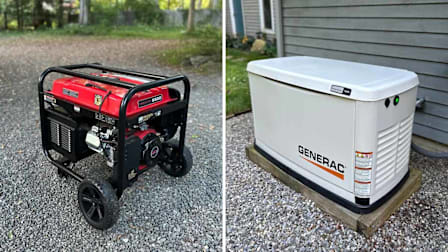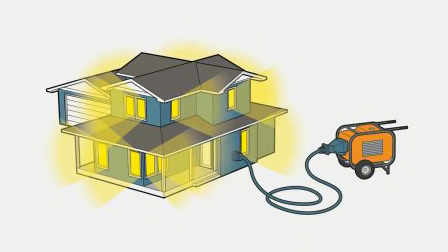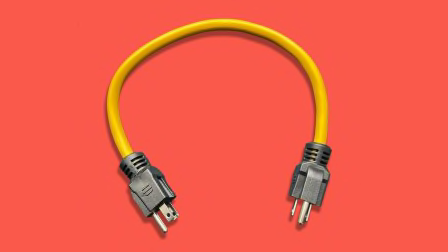Generators You Can Count on During a Power Outage
CR subscribers sound off on how satisfied they are with their stationary and portable generators

What makes a great generator? For starters, it should start.
And that’s not always a given.
In our 2016 survey of 8,787 Consumer Reports subscribers, we found that 14 percent of readers who owned generators reported problems getting them started during a power outage. Those aren’t comforting odds if you rely on the tool to power your house—or even a collection of key appliances—during or after a major storm.
Our generator reliability survey also reveals that portable generators are far more popular than stationary generators. Portable generators run on gasoline, for anywhere from 8 to 16 hours on a single tank; stationary models are installed permanently and can be configured to run on propane or natural gas, allowing them to operate indefinitely.
Respondents were three times more likely to own a portable generator. That's probably because they're about one-tenth the cost: The median cost for each configuration in our survey, including installation, was $731 for a portable generator and $7,317 for a stationary model.
How to Choose the Right Generator
If you’re torn between the two configurations, start with our generator buying guide. For help choosing between models, the chart below—available to CR digital subscribers—details reader satisfaction with a broad array of portable and stationary generator brands, including Honda, Yamaha, Briggs & Stratton, Ridgid, Troy-Bilt, Champion, Harbor Freight, BlackMax, Craftsman, Generac, Coleman, PowerMate, Cummins, Kohler, and GE.
For each brand, you'll see the overall satisfaction score, along with how our readers rate that brand for issues around starting the generator and noise while operating.
CR's Generator Satisfaction Survey Results
Compare the satisfaction data below with test results in our generator ratings to find the right model for your house.
| Generator Satisfaction | |||
| Portable generators | |||
| Brand and Median price paid |
Reader Score | Starting Problems | Noise |
|---|---|---|---|
| Honda $1,814 |
92 |  |
 |
| Yamaha $1,907 |
92 |  |
 |
| BlackMax $749 |
89 |  |
 |
| Rigid $904 |
88 |  |
 |
| Troy-Bilt $690 |
88 |  |
 |
| Champion $562 |
87 |  |
 |
| Harbor Freight $515 |
87 |  |
 |
| Briggs & Stratton $716 |
86 |  |
 |
| Generac $771 |
86 |  |
 |
| Coleman $578 |
84 |  |
 |
| Powermate $551 |
84 |  |
 |
| Stationary Generators | |||
| Brand and Median price paid |
Reader Score | Starting Problems | Noise |
| Kohler $8,768 |
91 |  |
 |
| Cummins $8,749 |
91 |  |
 |
| Generac $6,992 |
91 |  |
 |
| GE $8,100 |
90 |  |
 |
| Briggs & Stratton $6,472 |
89 |  |
 |

| Generator Satisfaction | |||
| Portable generators | |||
| Brand and Median price paid |
Reader Score | Starting Problems | Noise |
|---|---|---|---|
| Honda $1,814 |
92 |  |
 |
| Yamaha $1,907 |
92 |  |
 |
| BlackMax $749 |
89 |  |
 |
| Rigid $904 |
88 |  |
 |
| Troy-Bilt $690 |
88 |  |
 |
| Champion $562 |
87 |  |
 |
| Harbor Freight $515 |
87 |  |
 |
| Craftsman $728 |
86 |  |
 |
| Briggs & Stratton $716 |
86 |  |
 |
| Generac $771 |
86 |  |
 |
| Coleman $578 |
84 |  |
 |
| Powermate $551 |
84 |  |
 |
| Stationary Generators | |||
| Brand and Median price paid |
Reader Score | Starting Problems | Noise |
| Kohler $8,768 |
91 |  |
 |
| Cummins $8,749 |
91 |  |
 |
| Generac $6,992 |
91 |  |
 |
| GE $8,100 |
90 |  |
 |
| Briggs & Stratton $6,472 |
89 |  |
 |

































